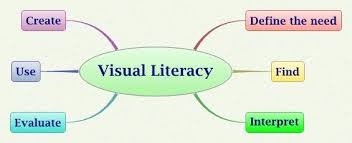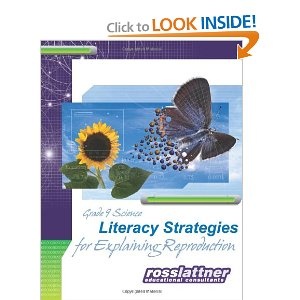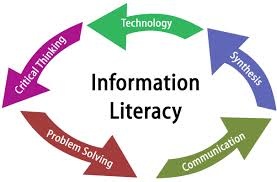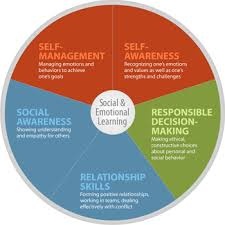Digital literacy underlines an array of skills which are interdependent as far as their subject matter is related by default. Data, tools and media; educational and inventive strategies; and professional skills are the three groups of skills a learner would require to practice to become a 21st century's digital citizen.
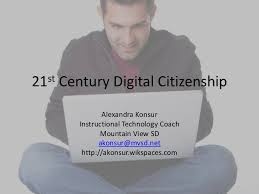
To gain information, media, and technology expertise, you are required to become well versed in media literacy, information literacy and ICT. Within the scope of Innovation and learning skills, one should be in a position to exercise one's innovation and ingenuity, analytical and critical approach, and collaborative and interactional skills.
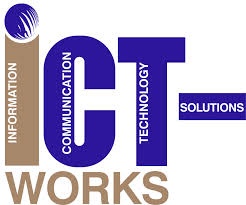
If you wanna excel in professional skills, it is a pre-requisite for you to be in a position to display adaptability and flexibility, take lead and be self-motivated, progress and responsibility, cross-cultural and social skills, initiative and conscientiousness. there are 5 nuances of sub-disciplines that are covered by the blanket term, "digital literacy":
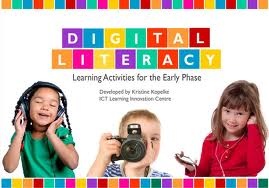
1. Photo-visual literacy:
Visual literacy is a multi-dimensional subject matter. The literati intended to incorporate images in their syllabus can immediately get themselves awed under the impression of the likelihood of dealing with visual literacy.
The following set of techniques and strategies are required to aid faculty tailor their curricula to include visual literacy the way it suits their idiosyncratic pedagogic needs. Each one of these tools can exist independently; also they can be used in combination with one another to construct a modified visual literacy syllabi as per requirement:
a.Cyber Activities:
An aggregated effect of the online actions performed by the faculty.
b. Activity Plans:
Procedures and tailored lesson plans delivered by the teaching faculty attended with images.
c. FOQs:
A collection of "entry points" needs to be pooled (reserved) for studying the different modules of visual literacy.
d. setting Learning Objectives:
Prescribed techniques for accessing toolbox utilities to translate, decode, create and upload imaging.
The faculty to employ digital technology to produce a new composition or re-write given pieces of work into something new, a new dimension to a given idea reflecting the peculiar style of the composer emulating it.
3. Branching literacy:
It is the ability to adequately surf across the non-linear space of digital media.
4. Information literacy:
Information literacy designates the essential discernment to surf, navigate, and critically analyze the desired pieces of information stored in the internet servers.
5. Socio-emotional literacy:
It is meant for the social and emotional features of online presence, be it via socializing and networking or just by using the information fed on network servers.

